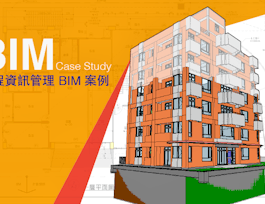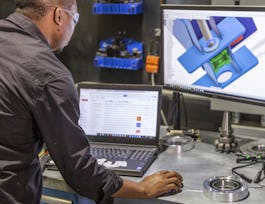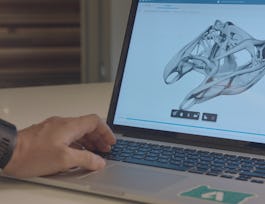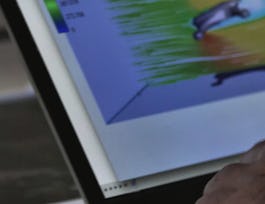The foundation of engineering design is often coupled with validation. Simulation is a great tool that allows engineers to test, validate, and modify designs before they become a physical prototype. When used early in the process for simulation driven design and throughout the development process, simulation can help drive the design, make informed design decisions, speed up time to production, and most importantly, identify and eliminate costly design mistakes.


Simulation Analysis for Mechanical Engineers with Autodesk Fusion 360
This course is part of Autodesk CAD/CAM/CAE for Mechanical Engineering Specialization
Taught in English
Some content may not be translated

Instructor: Autodesk
22,255 already enrolled
Included with 
Course
(746 reviews)
99%
What you'll learn
Describe the simulation workflow in Fusion 360.
Summarize the use cases for various types of simulation studies.
Demonstrate knowledge and skills in more advanced Fusion 360 CAD and CAE skills.
Explain and identify simulation results
Skills you'll gain
Details to know

Add to your LinkedIn profile
2 quizzes
Course
(746 reviews)
99%
See how employees at top companies are mastering in-demand skills

Build your subject-matter expertise
- Learn new concepts from industry experts
- Gain a foundational understanding of a subject or tool
- Develop job-relevant skills with hands-on projects
- Earn a shareable career certificate


Earn a career certificate
Add this credential to your LinkedIn profile, resume, or CV
Share it on social media and in your performance review

There are 4 modules in this course
In Week 1, we’ll explore the setup, solve, and understanding surrounding static stress simulations. Starting with the basics and moving to more advanced tools such as bolted connections we’ll walk through how to prepare and process a static simulation.
What's included
15 videos6 readings1 quiz1 discussion prompt
In Week 2, we’ll cover shape optimization simulation study type to explore load paths in designs. This simulation study will help engineers identify critical load paths in a design to make more informed decisions on material removal.
What's included
9 videos3 readings1 discussion prompt
In Week 3, we’ll focus on some additional simulation study types in Fusion 360, namely nonlinear response, structural buckling and modal frequencies. These study types allow for greater insight into structural and mechanical problems associated with a wide variety of designs. We will focus on various aspects of our gear reduction assembly as well as explore other examples suited for these types of simulations.
What's included
14 videos3 readings1 discussion prompt
In Week 4, we’ll explore and compare the effects of thermal and thermal stresses on designs. Temperature and heat can be a major factor in the failure of a design so exploring a design’s performance can lead to better informed design decisions. As a bonus, we’ll also look at event simulation and how a design performs when subject to motion and how it responds to an impact.
What's included
11 videos3 readings1 quiz1 peer review1 discussion prompt
Recommended if you're interested in Mechanical Engineering

National Taiwan University
Why people choose Coursera for their career




Learner reviews
Showing 3 of 746
746 reviews
- 5 stars
83.93%
- 4 stars
13.92%
- 3 stars
1.60%
- 2 stars
0.53%
- 1 star
0%

Open new doors with Coursera Plus
Unlimited access to 7,000+ world-class courses, hands-on projects, and job-ready certificate programs - all included in your subscription
Advance your career with an online degree
Earn a degree from world-class universities - 100% online
Join over 3,400 global companies that choose Coursera for Business
Upskill your employees to excel in the digital economy
Frequently asked questions
Yes! Autodesk also has Learning Pathways to start you on your learning journey, including certification prep courses and practice tests—so you feel confident when you take an Autodesk certification exam.
Visit this page to learn how to download Fusion 360 and to learn about the Autodesk Education license terms.
Professionals can purchase an annual or monthly commercial subscription to Fusion 360. For more information, visit the Fusion 360 subscribe page.
Fusion 360 is also available for free to all users as a 30-day trial.




